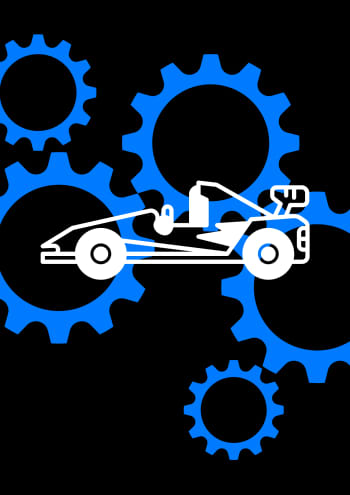Formula Student: A gateway to STEM careers
By Analise Lambert
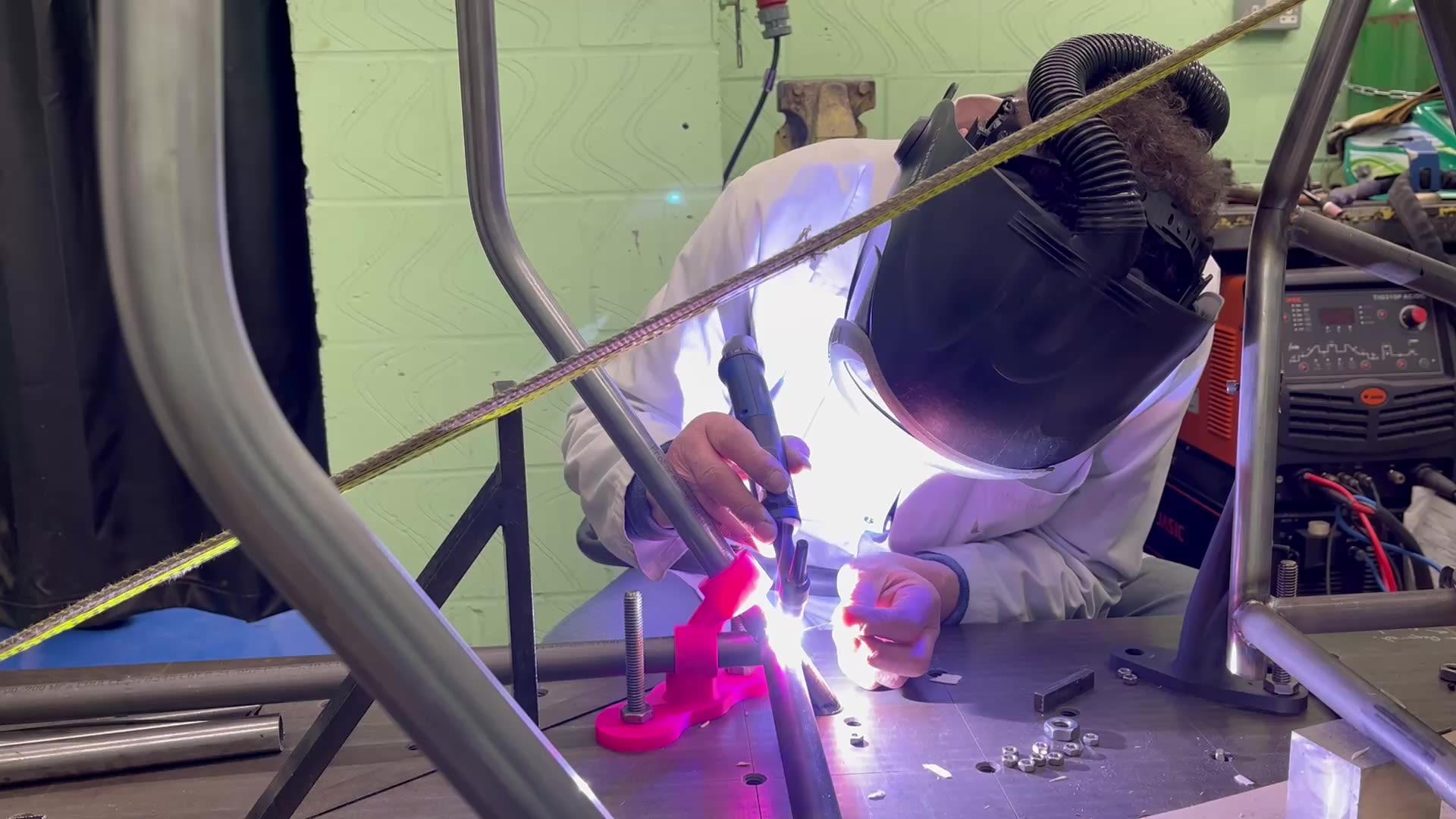
The Engineering Industry
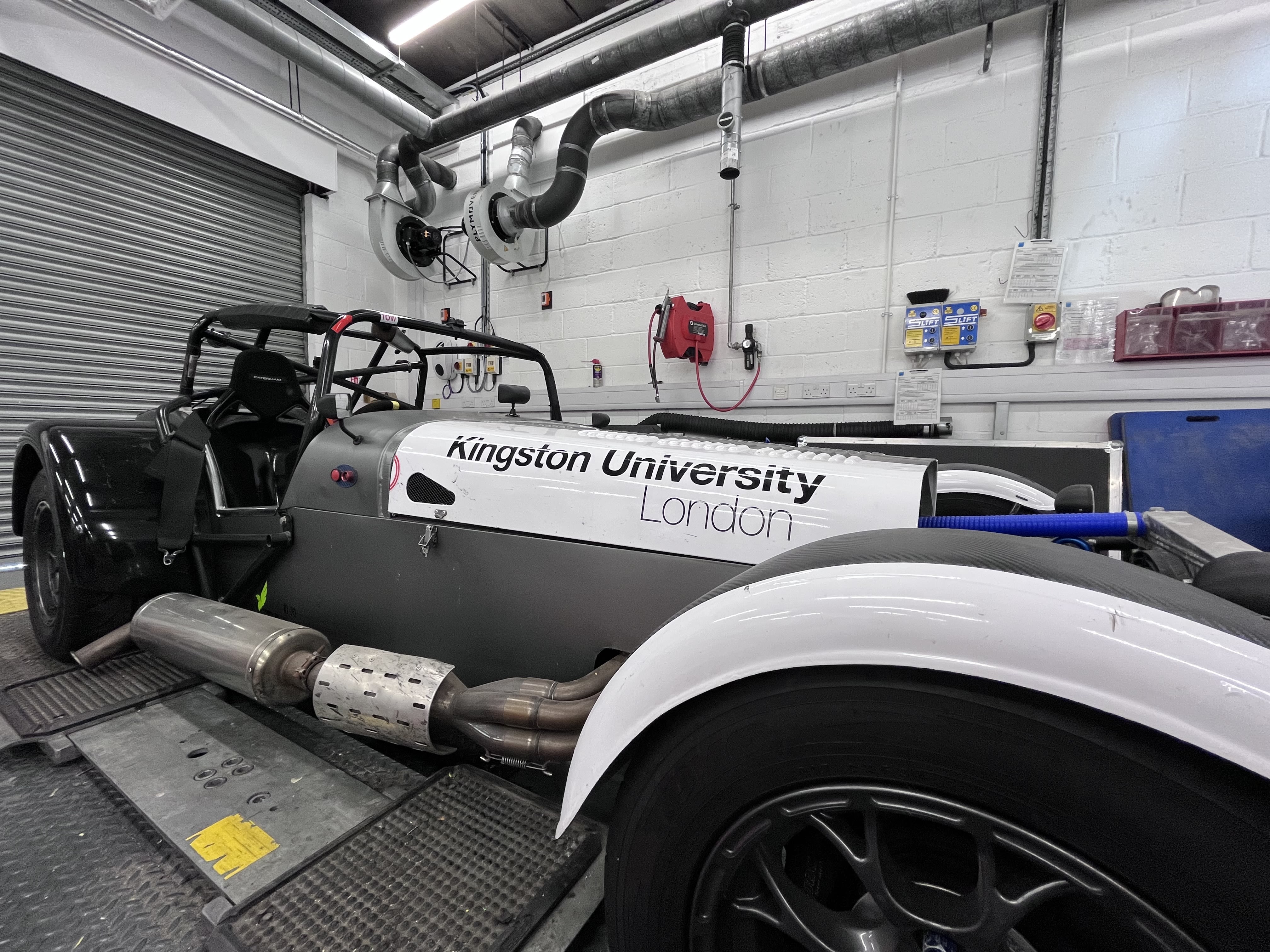
Data from EngineeringUK shows that engineering and technology jobs are growing faster than any other sector.
However, there has been a decline in interest from young people, as data from EngineeringUK showed that only 26 percent of GCSE students do practical work at least once a fortnight, down from 44 percent in 2016.
Harrison Baker, Vehicle Development Engineer at McLaren Automotive, said: "I enjoy learning through practical experience and Formula Student is great for giving similar people like me exposure to that sort of thing."
He added: "Being able to apply some of what you learn in lectures in the real world is cool to see and cements your learning and understanding."
Initiatives and competitions like Formula Student are able to help people find something that they are interested in pursing as a career, or provide practical experience for those interested in the industry.
"Being able to apply some of what you learn in lectures in the real world is cool to see and cements your learning and understanding"
With the race for ‘net zero’ ongoing, the industry of engineering is a crucial part to achieve this goal.
However, data from EngineeringUK showed that whilst the field employs around 19 percent of all workers in the UK, more than 25 percent of job vacancies are for the engineering industry.
Former member of Kingston Racing, Adrian Ortiz, said: “In terms of job prospects, I would say that there’s a lot of jobs currently available, problem is the job market is very competitive.”
EngineeringUK data showed that women make up around 15 percent of the engineering workforce and at school levels 16 percent of girls believe that engineering is suitable career for them.
Harrison Baker, Vehicle Development Engineer at McLaren Automotive, said: “I certainly believe diversity, in any industry not just engineering, is important but I don't know how you specifically target making it more available to minority groups.
“I think by targeting young people in schools with a larger proportion of minority groups is a good place to start. I don't know if any STEM initiatives take this into consideration before getting involved with particular schools already.”
A way to combat the rise in declining interest and belief in getting into engineering for minority groups are initiatives like Formula Student.
Ortiz added: “One thing that gave me the edge was the Formula Student I have done […] and the technical skills it gave me and practical skills as well.”
Made by Analise Lambert, on Canva
Made by Analise Lambert, on Canva
Made by Analise Lambert, on Canva
Made by Analise Lambert, on Canva
Made by Analise Lambert, on Canva
Made by Analise Lambert, on Canva
Adrian Ortiz, former team member of Kingston Racing, speaking on how to get into the industry
Adrian Ortiz, former team member of Kingston Racing, speaking on how to get into the industry
Formula Student
An introduction into Formula Student and the experience it provides
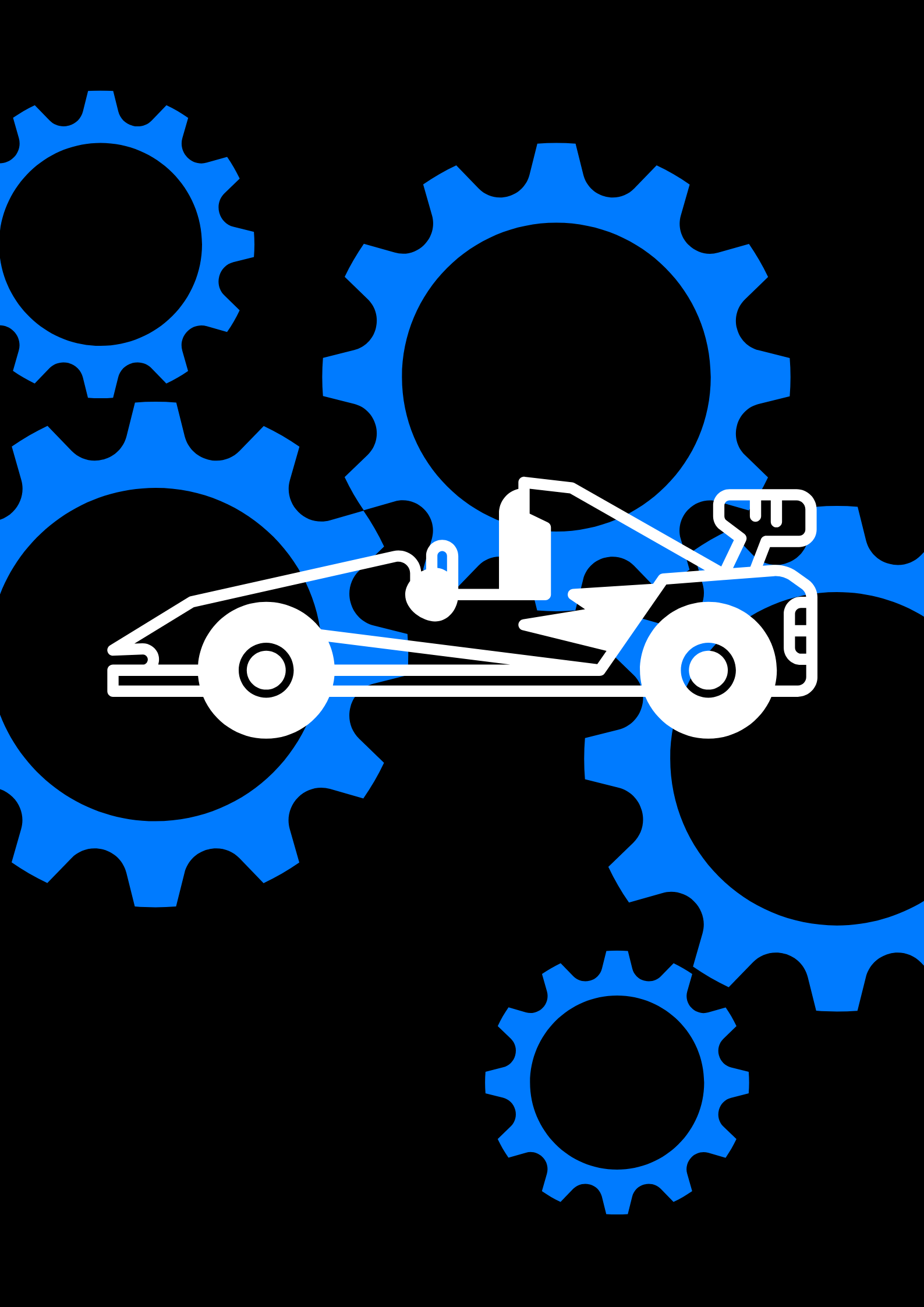
What is Formula Student?
Made by Canva - Maker: Analise Lambert
Made by Canva - Maker: Analise Lambert
An Engineering Establishment
Formula Student (FS) is Europe's longest lasting educational engineering competition and which has run for 27 years this year.
Made by Canva - Maker: Analise Lambert
Made by Canva - Maker: Analise Lambert
Design, Build and Race
FS teams are are tasked to design, build and race their car. Some teams outsource mechanical parts to their specifications - Kingston Racing is one of these teams.
Made by Canva - Maker: Analise Lambert
Made by Canva - Maker: Analise Lambert
Industry Backing
Many industry figures and engineers, such as Ross Braun OBE, back Formula Student and the competition sees over 100 teams participate over the summer.
Denise Ekugwum, Former Kingston Racing Team Lead
Denise Ekugwum, Former Kingston Racing Team Lead
Kingston Racing
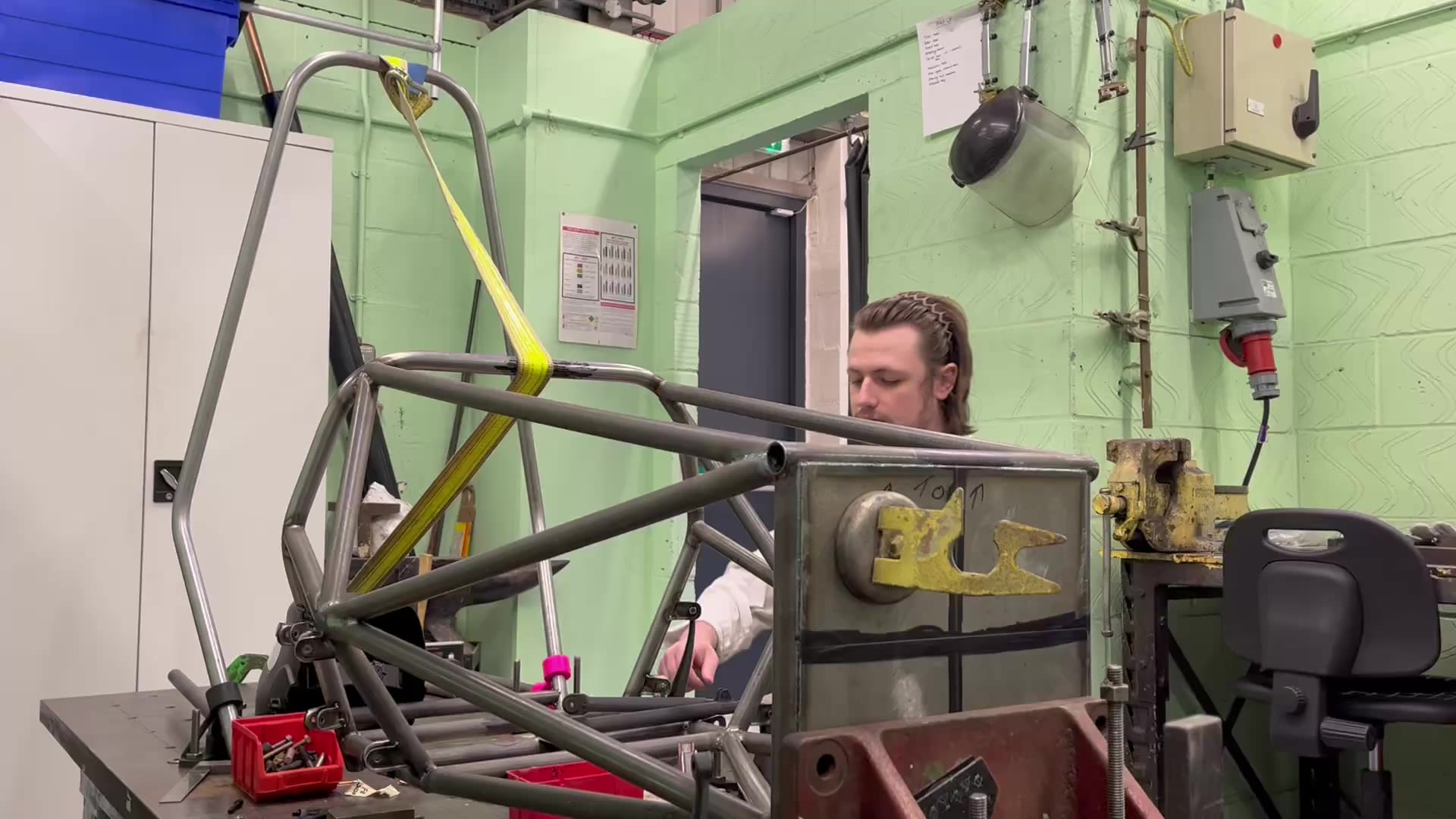
Kingston Racing is an Institute of Mechanical Engineering (IMechE) Formula Student team, that is predominantly run by Kingston University students from varying degrees.
Formula Student sees teams from different universities around the world race together after designing, manufacturing and building their cars.
Kingston Racing design, build and race the car themselves and during this time they find sponsors, communicate with the regulatory body the FIA and fill out the necessary paperwork for the Formula Student competition.The student-run racing team aims to race in three of the Formula Student events this year, at Silverstone and two in Europe.
Team Lead Cameron Thomson talked about how working in Formula Student develops better group skills, as university projects tend to lean towards individual projects.
Credit: Kingston Racing Instagram
Cameron Thomson, Kingston Racing Team Lead, talks about how Formula Student encourages group work
Cameron Thomson, Kingston Racing Team Lead, talks about how Formula Student encourages group work
Designing, Manufacturing and building Processes
The design and build for each Formula Student team differs slightly.
Kingston Racing's process can take around a year to complete from start to finish.
The Debrief
Initial talks and discussions of the previous year
Before designing begins, Kingston Racing have a small series of debrief meetings after the previous competition year ends in August.
Here they discuss the positives, negatives and how they can improve in the following competition season.
Kingston Racing then restructure their team after series of debriefs. This involves members taking up certain managerial positions within the team hierarchy and taking charge of their designated department which are split amongst the systems on the car.
These systems include powertrain and drivetrain, suspension, steering and brakes, chassis, electronics, body work and aerodynamics, business team and cost and manufacturing.
The Planning Phase
Designating roles, responsibilities and planning their next steps
Once roles have been designated and the new team lead is appointed, the management team, amongst other team members, hold various meetings about vehicle performance and Product Design Specification (PDS) - how the car looks.
These set out Kingston Racing's performance targets for the year and give them key figures and values to aim for in design areas such as overall weight, overall vehicle concept, and points and performance targets for each event such as acceleration and endurance.
When agreed Kingston Racing have a baseline guide for the design.
They then split the car into its systems and designate a total weight target for these systems, e.g. suspension, aerodynamics, chassis, and they are then broken down further into their assemblies, sub-assemblies and finally at individual component level.
With this Kingston racing can ensure they keep to a weight target for each system, ensuring the overall total vehicle weight adheres to the targets set out.
During this time, sponsorship is also sought after, for funding the car also also the team at competitions.
Designing
The official start to the process
During the design phase, there are weekly meetings with the management team and fortnightly meetings with the full team to discuss the trajectory of the project, design reviews and targets revisited to ensure Kingston Racing are on target.
For an individual component there would be around a one to two month design period from initial concept to final design which is guided by various calculations and simulations to ensure full suitability for the loading and environmental conditions it is expected to withstand during a competition cycle.
After this stage, physical testing of components may take place where necessary to validate data acquired from the simulations and ensure the component will be up to regulations.
At the end of the design phase before anything is sent off for outside manufacturing or in house manufacturing there is a final design review where minor changes may be made if necessary.
Additionally, each year at the end of the design phase, Kingston Racing consult their technical staff at the university to advise on whether the design is sound before sending off to be manufactured.
The design phase does not always have a hard stop for Kingston Racing and it is common for things to change throughout each phase.
The Manufacturing Phase
Creating parts and assembling the car
Manufacturing typically starts after the winter break where the chassis is the first major component or system on the car to begin.
The chassis typically takes around 4-6 weeks from start to finish. Whilst work on the body continues, other components will be made in house.
The manufacturing and build phase typically starts in mid-January and finishes around early to mid-May.
The physical assembly and building of the vehicle usually starts to take place around mid-March/early-April.
This is for a completion target for mid-May, in time for the testing period of the project.
The manufacturing phase includes various processes such as sheet metal fabrication, welding, CNC machining, turning on lathes, composite manufacturing and lay up for the aerodynamic package and body work, assembly of sub systems like the wheel assemblies and powertrain system.
During this phase the team are also constantly revisiting the rules for all the competitions they plan to attend which may follow different rules, to ensure compliance and smooth time during the competition.
Other key elements of this phase include important document submissions such as the impact attenuator test data, structural equivalency forms for the chassis, cost and manufacturing documents, business case pitches and engineering design reports.
The Testing Phase
With manufacturing and building done, it's time to drive
Once manufacturing and building is complete, testing for initial shakedowns, start around mid-May and is then followed by organised and structured testing sessions where vital data is gathered for vehicle performance and amend any issues.
During testing Kingston Racing also aim to cause failures and break the car, putting as much mileage on it as possible, so that problems can be addressed before the competition.
An example of testing can be seen in this video below
Credit: Kingston Racing Instagram
The last thing that happens before competition is the launch event, which is the first time the vehicle is presented to a wider audience. The launch event for this year is scheduled for the 3rd of July (2 weeks before the competition at Silverstone).



